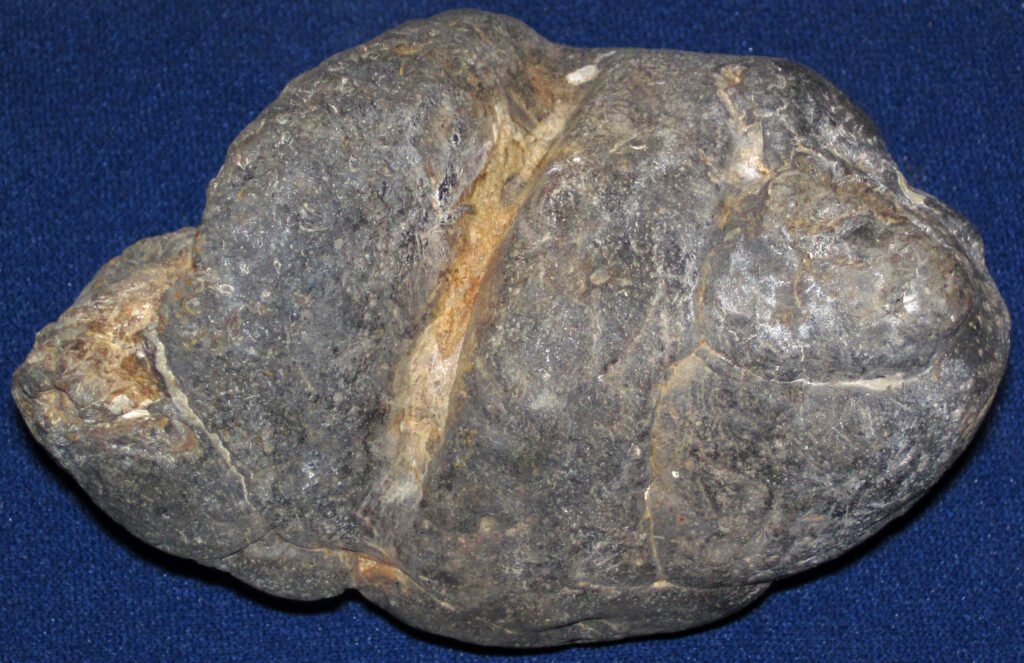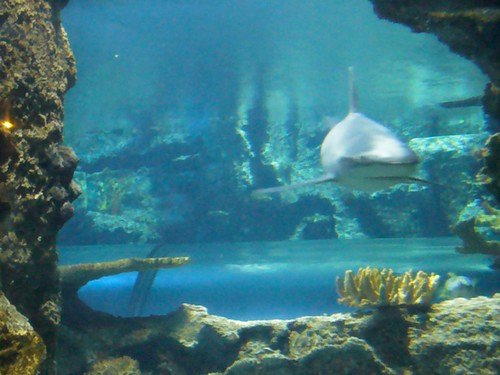Fossilized poop, or coprolites, might not sound like the most glamorous topic, but these ancient relics hold a wealth of information about the past. Imagine a time capsule left behind by creatures that roamed the Earth millions of years ago. These remnants offer a unique glimpse into the diet, behavior, and environment of extinct species. In this article, we’ll dive into the fascinating world of coprolites and uncover why they are a goldmine of information for scientists and enthusiasts alike.
The Origins of Coprolites

Coprolites, derived from the Greek words “kopros” (dung) and “lithos” (stone), are essentially petrified feces. These fascinating fossils form when fecal matter is buried under layers of sediment and undergoes mineralization over time. The process of turning organic waste into stone takes millions of years and requires specific conditions, such as rapid burial and the presence of minerals like calcium carbonate. The result is a hardened, rock-like structure that preserves the original shape and content of the excrement. By studying coprolites, scientists can unlock secrets that are otherwise lost to time, providing invaluable insights into the ancient world.
Decoding Diets of the Past

One of the primary reasons coprolites are so valuable is their ability to reveal the diets of extinct organisms. By examining the contents of these fossilized feces, researchers can identify undigested food particles, such as bone fragments, plant fibers, and even pollen grains. This information helps paleontologists reconstruct the dietary habits of ancient creatures, offering a better understanding of their ecological roles. For instance, finding fish scales or small bones in a coprolite can indicate that the creature was a carnivore, while the presence of plant material suggests a herbivorous diet. This data paints a vivid picture of ancient ecosystems and food chains, revealing how species interacted with one another and adapted to their environments.
Unveiling Ancient Behaviors

Beyond diet, coprolites can also shed light on the behavior of extinct animals. The size, shape, and composition of these fossils can provide clues about the creature’s physiology and habits. For example, the presence of certain parasites or bacteria in coprolites can indicate social behaviors, such as living in groups or specific mating rituals. Additionally, the way feces are deposited can offer insight into territorial markings or migration patterns. By piecing together these behavioral aspects, scientists can gain a more comprehensive understanding of how ancient species lived and interacted within their communities.
Environmental Insights Encapsulated
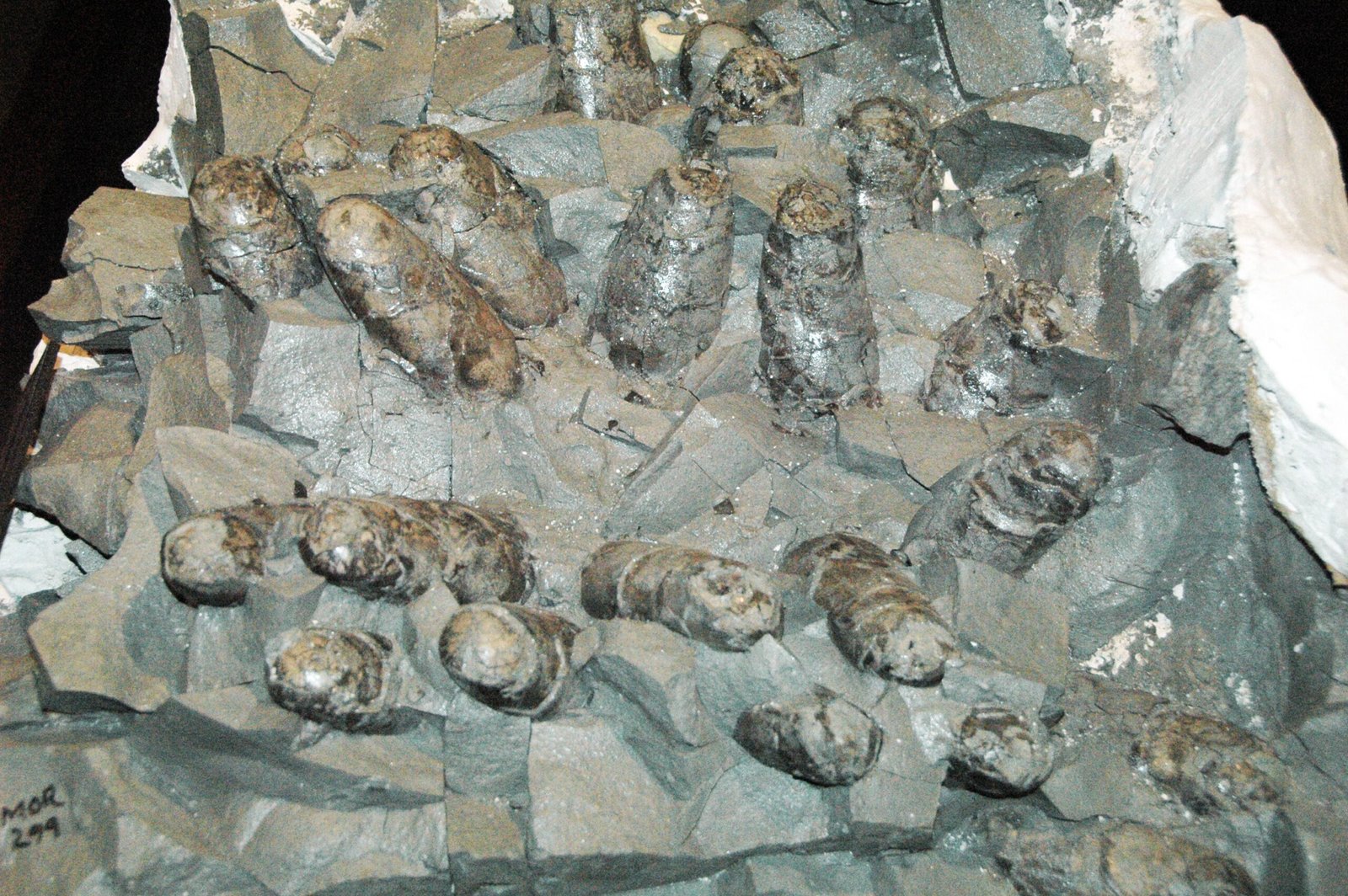
Coprolites are not only a window into the lives of ancient creatures but also a snapshot of the environments they inhabited. The microscopic analysis of coprolites can reveal traces of the surrounding flora and fauna, as well as the climate conditions at the time. By studying pollen, spores, and other plant material, researchers can reconstruct past landscapes and determine changes in vegetation over time. Furthermore, the presence of certain minerals in coprolites can indicate the type of soil or water in the area, offering a glimpse into ancient environmental conditions. This information is crucial for understanding how ecosystems have evolved and adapted in response to climate shifts and geological events.
The Role of Coprolites in Evolutionary Studies
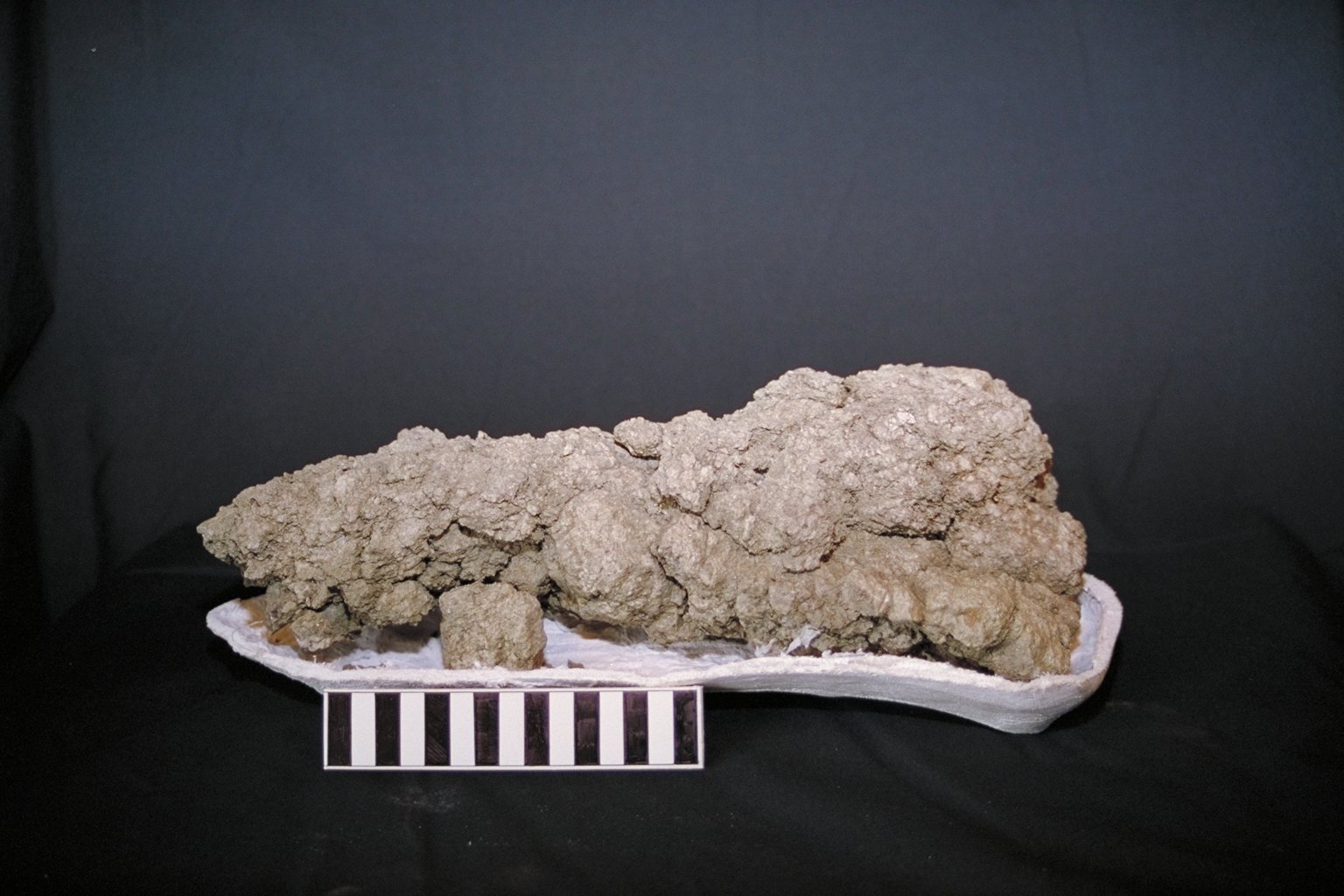
Coprolites play a significant role in evolutionary biology by providing direct evidence of ancient life forms and their interactions. By analyzing the genetic material preserved in these fossils, scientists can trace the evolutionary history of species and identify common ancestors. This information can help fill gaps in the fossil record and provide insights into the diversification and adaptation of life on Earth. Moreover, coprolites can reveal instances of convergent evolution, where unrelated species develop similar traits due to similar environmental pressures. These discoveries contribute to our understanding of evolutionary processes and the intricate web of life on our planet.
Coprolites and the Study of Extinction Events

The study of coprolites can also offer valuable insights into extinction events and their causes. By comparing coprolites from different time periods, scientists can identify shifts in diet, behavior, and environmental conditions that may have contributed to the decline of certain species. For example, a sudden change in the composition of coprolites could indicate a loss of food sources or a drastic environmental shift, such as a volcanic eruption or asteroid impact. Understanding these factors can help researchers identify patterns and potential warning signs for current and future extinction events, aiding in conservation efforts and the preservation of biodiversity.
Coprolites in Modern Research
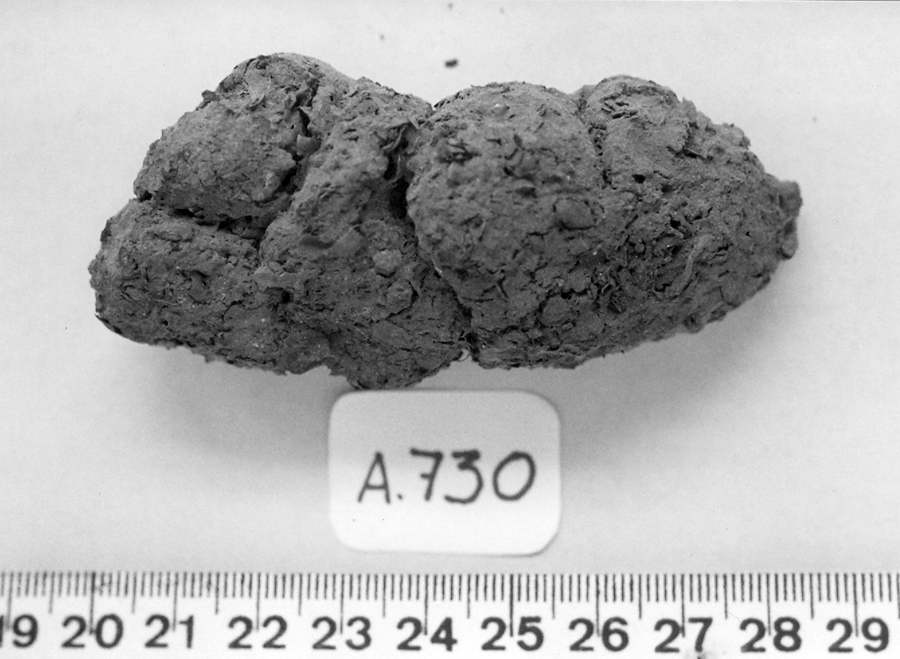
Today, coprolites continue to be a vital resource for researchers across various scientific disciplines. Advances in technology, such as DNA analysis and isotopic studies, have expanded the scope of coprolite research, providing new insights into ancient life. These techniques allow scientists to extract and analyze genetic information from coprolites, offering a more detailed understanding of species’ relationships and evolutionary history. Additionally, isotopic analysis can reveal information about an animal’s diet and migration patterns, further enriching our knowledge of past ecosystems. As technology continues to advance, the potential for new discoveries through coprolite research remains vast and exciting.
The Fascination with Coprolites in Popular Culture
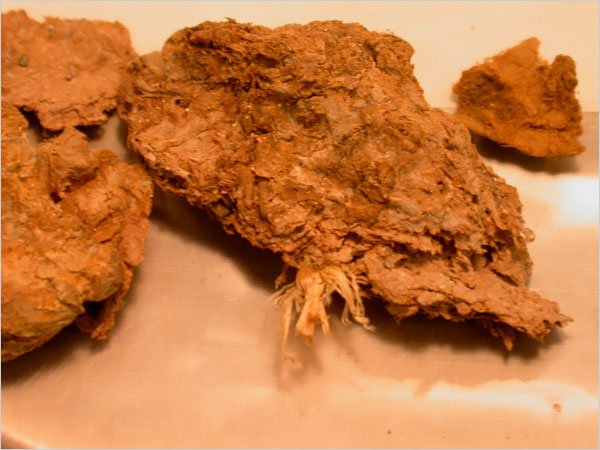
Beyond the scientific community, coprolites have captured the imagination of the public and found their way into popular culture. These ancient fossils have been featured in museums and exhibitions, captivating audiences with their unique history and significance. Some collectors even seek out coprolites as quirky and intriguing additions to their collections. The fascination with coprolites extends to educational programs and documentaries, where they serve as engaging tools for teaching about paleontology and the history of life on Earth. This widespread interest highlights the universal appeal of these remarkable fossils and their ability to connect people with the distant past.
Preserving the Past for Future Generations

The study of coprolites not only enriches our understanding of ancient life but also emphasizes the importance of preserving these valuable fossils for future generations. As natural archives of Earth’s history, coprolites offer a unique perspective on the evolution of life and the changing dynamics of our planet. Protecting these fossils and ensuring their accessibility for research and education is crucial for advancing our knowledge and fostering a deeper appreciation for the natural world. By studying coprolites, we gain a greater understanding of our past and the interconnectedness of all life, inspiring efforts to preserve and protect our planet’s biodiversity for generations to come.
In conclusion, coprolites are truly a goldmine of information, offering unparalleled insights into the diets, behaviors, and environments of ancient creatures. Through the study of these fossilized feces, scientists can piece together the complex puzzle of Earth’s history, shedding light on the evolution of life and the forces that have shaped our planet. As we continue to explore and learn from coprolites, we deepen our connection to the past and gain valuable knowledge to guide us into the future.

